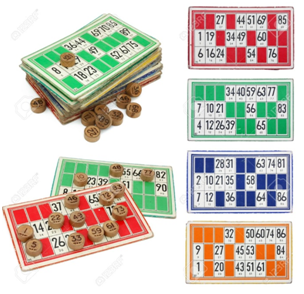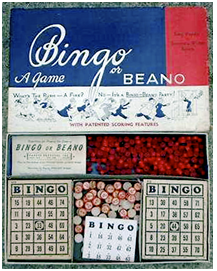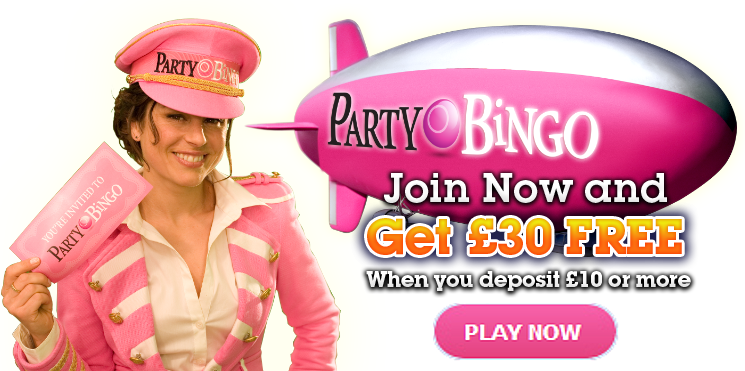Wonderful Journey of Bingo

Bingo is a form of lottery and was known as Lo Giuoco del Lotto d’Italia as originated in 1530 in Italy. Today the Italian State lottery is indispensable to the government’s budget, with a yearly contribution in excess of 75 million dollars. From the history of bingo and to this day, this game continues to be played every Saturday in Italy.
Bingo reached France in the year 1778. The French version of this game arrived, and was played primarily by wealthy Frenchman. In the classic version of Lotto, the playing card used in the game was divided into three horizontal and nine vertical rows. Each horizontal row had five numbered and four blank squares in a random arrangement. The vertical rows contained numbers from 1 to 10 in the first row, 11 to 20 in the second row etc up to 90. No two Lotto cards were alike. Chips numbered from 1 to 90 completed the playing equipment. Players were dealt a single Lotto card and the caller would draw a small wooden, numbered token from a cloth bag and read the number aloud. The players would cover the number if it appeared on their card. The first player to cover a horizontal row was the winner.

In 1800 Bingo came to Germany and was primarily used as a teaching tool for many educational purposes, as a means of teaching math, history and spelling. There were other educational Lotto games such as ‘Spelling Lotto,’ ‘Animal Lotto,’ and ‘Historical Lotto’.
In the year 1929 Bingo arrived in North America and was known as Beano. Players would place small beans on called numbers, and the object of the game was to create a straight row in any single direction. Bingo history says the winner would shout “Beano!” whenever the objective was reached. The game was eventually renamed and was successfully promoted by a salesman named Edwin S. Lowe who went on to popularize the game following its renaming.

The earliest Lowe Bingo game had two variations – a twelve card set for one dollar and a two dollar set with twenty-four cards. The game was an immediate success and put Lowe’s company squarely on its feet. Edwin Lowe in 1930 turned to a Columbia University mathematics professor named Carl Leffler with a request to have the number of card combinations increased to 6000. Allegedly this project was enough to drive the math professor insane.
Several months after Bingo hit the market, Lowe was approached by a priest from Wilkes-Barre, Pennsylvania. He came up with the idea of using Bingo as a way to get the church out of its financial troubles. The priest had put the scheme into operation after having bought several sets of Lowe’s $2.00 Bingo game. However, problems developed immediately when it was found that each game produced half a dozen or more winners. Thus Lowe’s request to the professor to devise 6,000 new Bingo cards with non repeating number groups. The professor agreed to a fee that remunerated him on a per card basis. As the professor worked on, each card became increasingly difficult. Lowe was impatient, and toward the end the price per card had risen to $100. Eventually, the task was completed. The E.S. Lowe Company had its 6,000 cards – at the expense of the professor’s sanity!
In the year 1968, the popularity of this game had become such that it was included in the North American gaming act.

In 1986 bingo was launched on a National level in the United Kingdom.
In the year 2007 survey of Bingo game revealed that there are 100 million people that are playing this game in a variety of different forms, including in land halls and through Online applications.
Thus Bingo is now one of the world’s most entertaining and popular game.


